Information Technology Reference
In-Depth Information
0DSSHG80/
((5PRGHO
*UDGXDWHBVWXGHQW
)DFXOW\
*UDGXDWH
6WXGHQW
)DFXOW\
GHJUHHWREHVWULQJ
6WDIILQWHJHU
25
8
LVD
5HVHDUFKB$VVLVWDQW
UHVHDUFKBILHOGVWULQJ
ZKHQFUHDWH
UHVHDUFKBVWXGHQW
FUHDWHIDFXOW\
RUJUDGXDWHBVWXGHQW
5HVHDUFK
$VVLVWDQW
Fig. 3.36
Map categorization to method
0DSSHG80/
((5PRGHO
6WXGHQW
6WXGHQWLQWHJHU
VWXGHQWQDPHVWULQJ
FUHDWHVWXGHQW
6WXGHQW
LVD
*UDGXDWHB6WXGHQW
GHJUHHWREHVWULQJ
&UHDWHJUDGXDWHBVWXGHQW
*UDGXDWH
6WXGHQW
Fig. 3.37
Map isa relationship to inheritance
Step 7—Map aggregation to composite class.
The entities and their relationship in the EER model can be aggregated to form
an entity. In an object-oriented model, this permits the combination of classes that
are related into a higher level composite class. For example, the aggregation in
Fig.
3.39
can be mapped to the object-oriented schema where the composite class
Section is an aggregation of two component classes: class Instructor and class


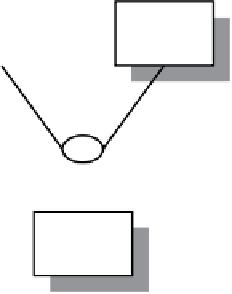


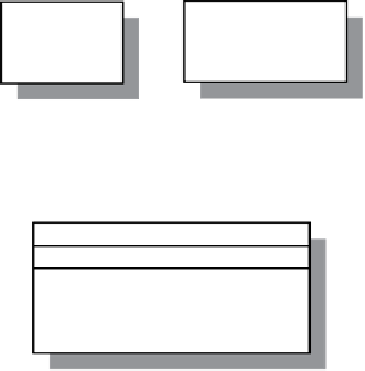





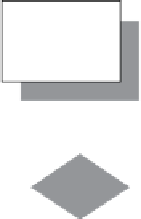


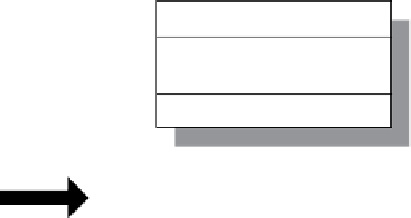
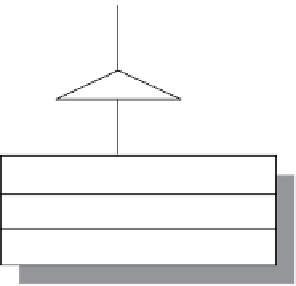



Search WWH ::

Custom Search